Xiaomi is preparing for the release of HyperOS 2.0, which is expected to be released in October. MI fans are eagerly awaiting the update, but not every device will get it. Only select models from Xiaomi and its sub-brands Redmi and Poco will get the much-anticipated HyperOS 2.0 upgrade.
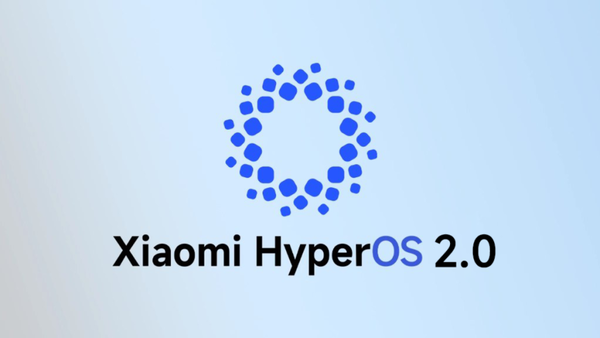
At present, Xiaomi has not officially announced any news about HyperOS 2.0. It has not even revealed that it is working on a new version of HyperOS, although the recent discovery of traces of HyperOS 2.0 in the source code of Xiaomi’s official website confirms this.
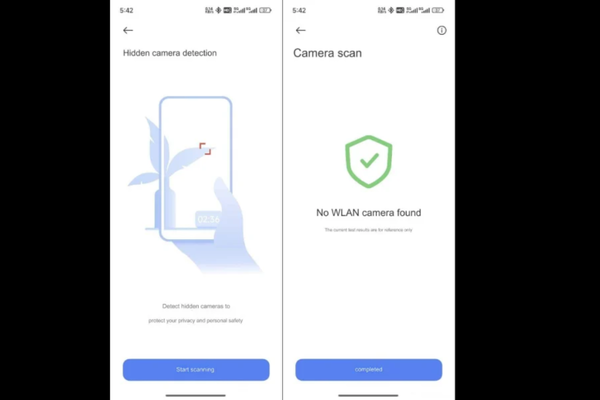
Some people on XiaomiTime shared a list of Xiaomi, Redmi and Poco devices that are most likely to feature HyperOS 2.0. These include:
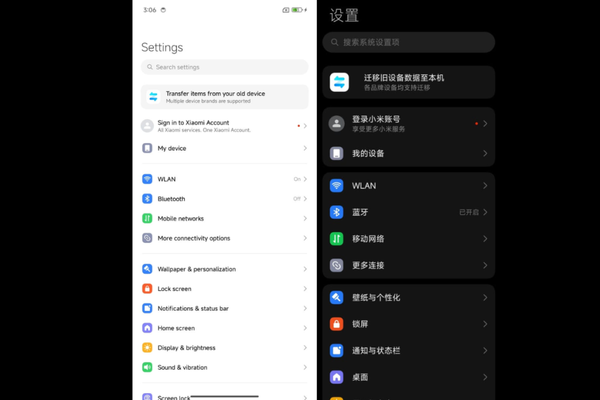
Xiaomi Model:
Mi 14, Mi 14 Pro, Mi 14 Ultra, Mi 14T, Mi 14T Pro
Mi 13, Mi 13 Pro, Mi 13 Ultra
Mi 12T, Mi 12T Pro
Mi 12, Mi 12 Pro, Mi 12S, Mi 12S Pro, Mi 12S Ultra
Mi 11, Mi 11 Pro, Mi 11 Supreme Commemorative Edition, Mi 11 Youth Edition 5G NE
Mi 11T, Mi 11T Pro
Mi MIX Fold 2, Mi MIX Fold 3
Mi Pad 6, Pad 6 Pro, Pad 6 Max 14, Pad 5 Pro 12.4
Redmi models:
Redmi K60, Redmi K60 Pro, Redmi K60 Ultra, Redmi K60E
Redmi K50, Redmi K50 Pro, Redmi K50 Supreme Commemorative Edition, Redmi K50 Games
Redmi Note 13, Redmi Note 13 4G, Redmi Note 13 Pro, Redmi Note 13 Pro 4G, Redmi Note 13 Pro+, Redmi Note 13R, Redmi Note 13R Pro
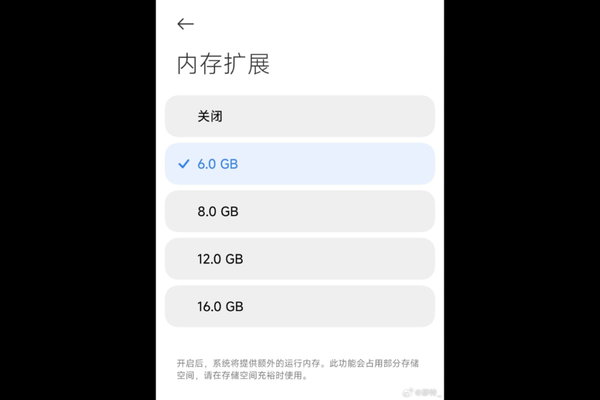
Redmi 12, Redmi 12C, Redmi 12 5G
Redmi 13, Redmi 13 5G, Redmi 13C, Redmi 13C 5G, Redmi 13R
Redmi 14C, Redmi 14R
Poco models:
Poco F6 Pro, Poco F6, Poco F5, Poco F4 GT
Poco X6 Neo, Poco X6 5G, Poco X5 Pro 5G
Poco M6, Poco M6 4G, Poco M6 Plus 5G, Poco M6 Pro, Poco M6 Pro 5G
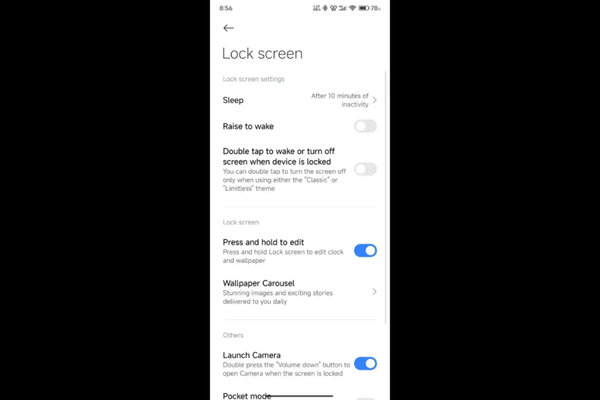
Xiaomi has not revealed what changes will be coming to HyperOS 2.0, but according to the leaked information, the new version of HyperOS may allow users to detect hidden cameras using WLAN signals. If this is true, Xiaomi devices may have an edge over competitors when it comes to user privacy and personal security.
Some leaked screenshots suggest that HyperOS 2.0 May redesign the setup home page. It can provide a card-like experience instead of being divided by thin lines. The change is expected to be warmly welcomed by Mi’s fans.
The new “Settings” homepage in leaked images looks modern. Not only does it provide better aesthetics, it also ensures smoother navigation and smoothness.
HyperOS 2.0 May allow up to 16GB of virtual memory, the default is 6GB. Of course, due to the limited hardware, not all Xiaomi devices can have 16GB of virtual RAM. As a result, it’s likely to show up on high-end phones with plenty of storage.
Xiaomi is also said to be working on letting users turn off the lockscreen editor in HyperOS 2.0. For unfamiliar users, long-press the blank space on the lock screen to activate the screen editor. Users who don’t like it may be able to turn it off via the Settings app in HyperOS 2.0.
In addition to these changes, the upcoming HyperOS 2.0 is expected to have smoother animation, better performance, and privacy. You can also expect to see new AI capabilities.
The release of HyperOS 2.0 is still a few weeks away. According to recent leaks, Xiaomi may start rolling out the version to eligible devices in the second week of October. Recent flagship models will be the first to support this version, followed by mid-range and budget devices.











